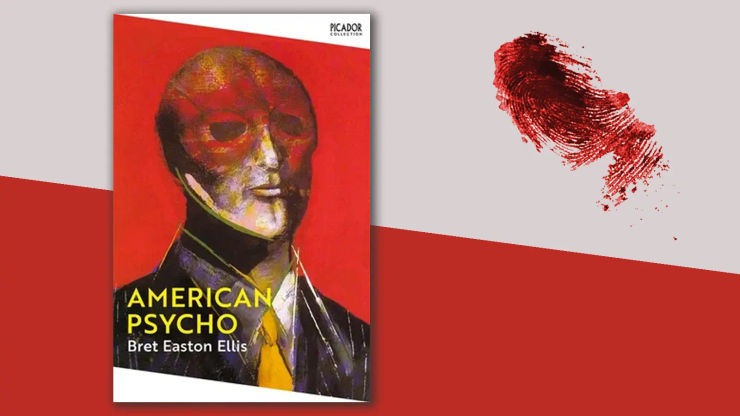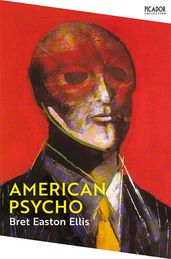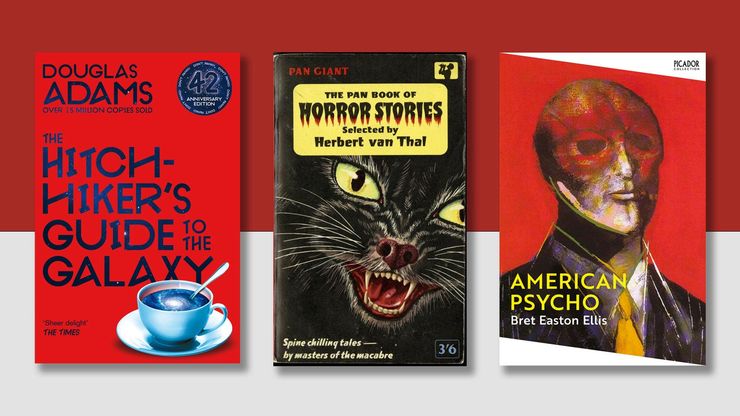American Psycho: a history of controversy
American Psycho by Bret Easton Ellis certainly gets a reaction. Here are just some of the responses to the original publication of one of the most controversial books of the twentieth century.

American Psycho was originally due to be published by Simon & Schuster in the US. But, following a media storm about its supposedly ‘sadistic contents’ just three months before its release, they dropped it. ‘It was an error of judgement to put our name on a book of such questionable taste,’ said Richard E. Snyder, CEO of Simon & Schuster.
Sonny Mehta at Vintage Books picked it up and both he and Ellis received death threats when it was published. Even a year later, Ellis was banned from attending the opening ceremony of Euro Disney.
‘I think that this repulsive novel will contribute to the violence that afflicts our society, and that it will disgrace everyone who tries to profit from it.’
— Otto Friedrich in a letter to the New York Times in 1991
In a letter to the New York Times in 1991, American author and historian Otto Friedrich wrote: ‘I think that this repulsive novel will contribute to the violence that afflicts our society, and that it will disgrace everyone who tries to profit from it.’
He was not alone in his repulsion. Australian national censorship legislation still classifies American Psycho as ‘R18’, meaning it can be sold only to over-18s, and must be shrink-wrapped.
‘Bret Easton Ellis is a very, very good writer. He gets us to a T. And we can’t stand it. It’s our problem, not his.’
— Fay Weldon in The Guardian, 1991
The controversy crossed the pond with the book when Picador published it in 1991. But, as in the US, some reviewers looked upon it very favourably: ‘Bret Easton Ellis is a very, very good writer. He gets us to a T. And we can’t stand it. It’s our problem, not his. American Psycho is a beautifully controlled, careful, important novel which revolves about its own nasty bits,’ wrote author Fay Weldon, in The Guardian, 25 April 1991.
Not long after publication, Bret Easton Ellis responded to the criticism of the book in the New York Times:
'I had no idea the novel would provoke the reception it’s gotten, and I still don’t quite get it . . . But then I was not trying to add members to my fan club. You do not write a novel for praise, or thinking of your audience. You write for yourself; you work out between you and your pen the things that intrigue you.
‘For me, it was an aesthetic choice that made sense.’
— Bret Easton Ellis
During the years I worked on the book, I did not know how violent it would become. But it seemed clear to me that Bateman would describe these acts of brutality in the same numbing, excessive detail and flat tone that he recounts everything else – his clothing, his meals, his workouts at the gym. It seemed to me that he would not avoid telling the reader what he does when he murders people. For me, it was an aesthetic choice that made sense.
I was writing about a society in which the surface became the only thing. Everything was surface – food, clothes – that is what defined people.'
American Psycho
by Bret Easton Ellis
On the surface, Patrick Bateman is living the dream: a job as a stockbroker, dinner dates every night at the latest restaurant in town, a string of admirers. But behind the pristine façade lurks a psychopath. It's hard to know which element of Patrick's increasingly sadistic murderous rampage around New York is the most horrifying. The explicit violence. The unsettling feeling of not being entirely sure what's real and what's imagined. The void at the heart of our nightmarish protagonist. Or the implication that the same void sits at the heart of us, too.
Emma discusses American Psycho and other modern classics in this edition of Book Break.



